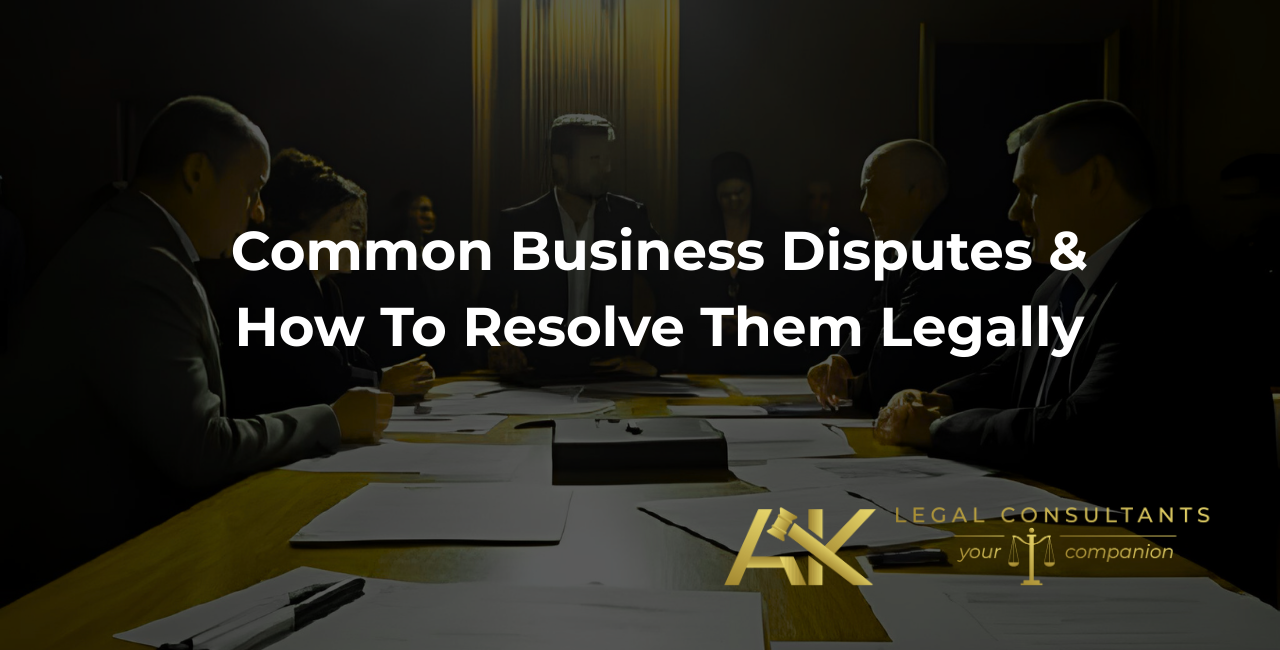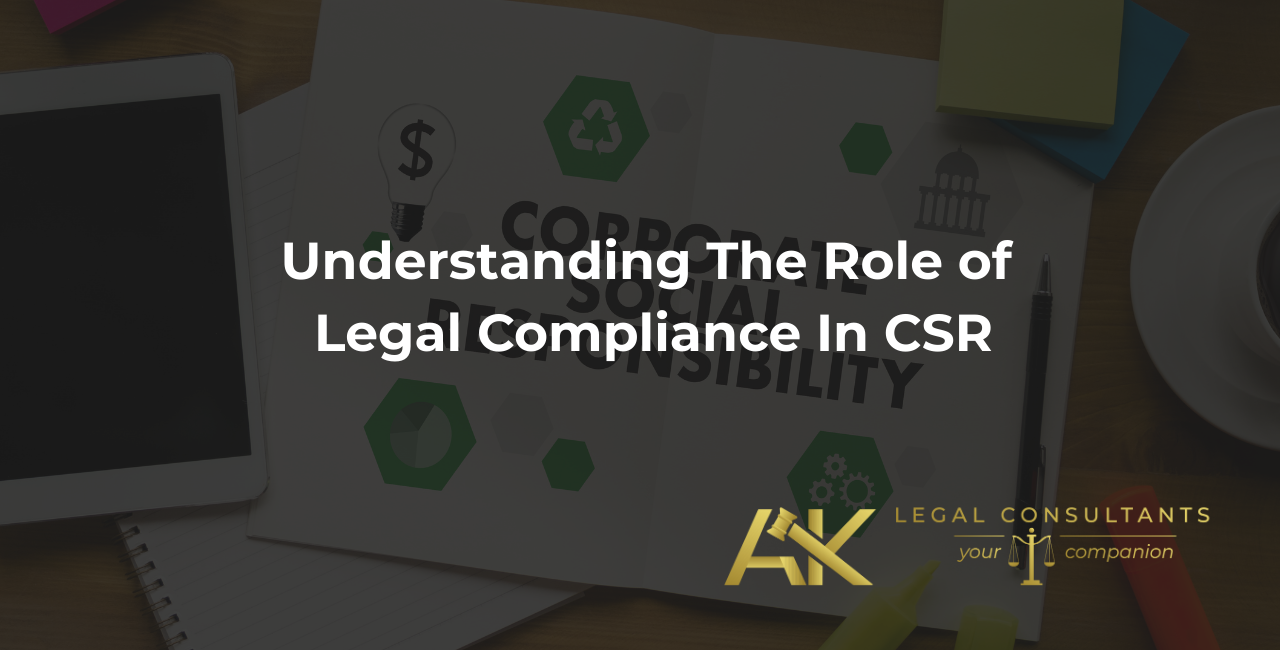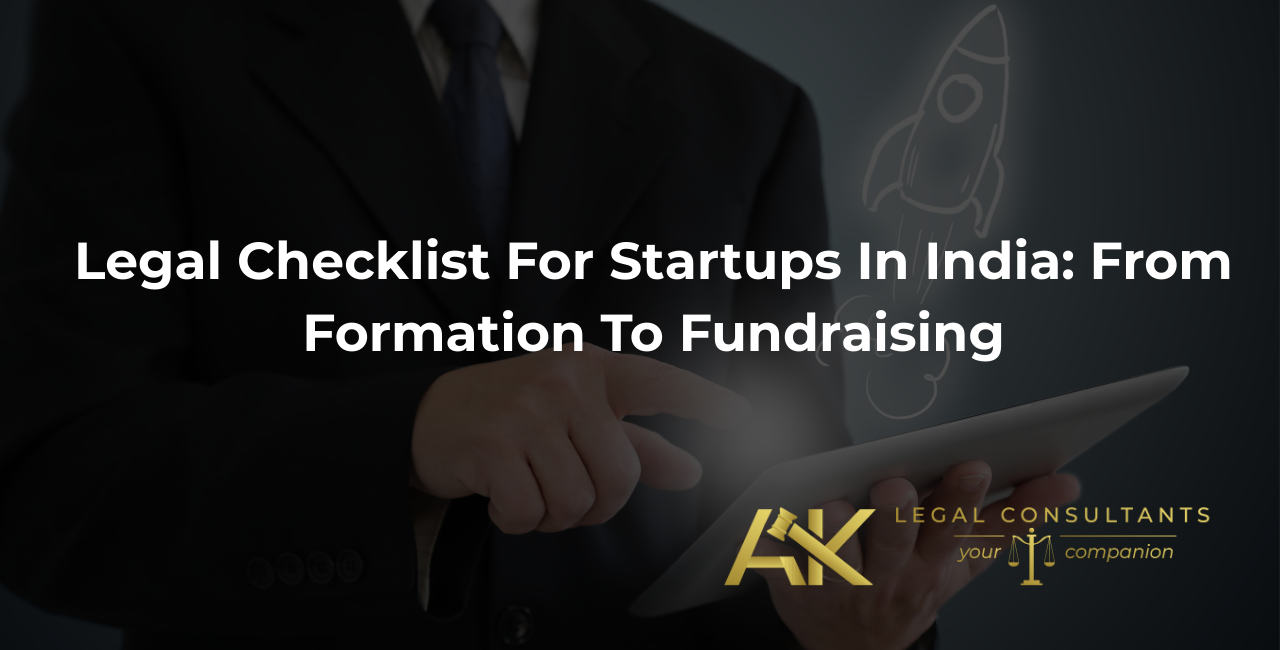This guide explores common business disputes and the different methods available for resolving disputes in a legal framework. In the world of business, disputes are inevitable. Whether you’re running a startup or managing a large corporation, conflicts can arise from various areas—contracts, partnerships, employees, or customers. Knowing how to avoid common business disputes is just as important as understanding how to resolve them effectively.
Understanding how to avoid common business disputes and handle resolution is crucial to maintaining smooth business operations and protecting your interests. Effective dispute resolution not only prevents legal battles but also helps preserve relationships and reduce costs.
Common Types of Business Disputes
Before diving into how to resolve disputes, it’s important to recognize the common types of conflicts that businesses frequently encounter:
Contract Disputes: A significant portion of business disputes stems from contract disagreements. This could be a breach of contract, misinterpretation of terms, or failure to meet obligations. For example, a missed deadline in a service agreement or ambiguity in payment terms often leads to disputes.
Partnership Disputes: Partnerships are prone to disputes, especially when partners disagree on how to run the business or allocate profits. Lack of clear communication or written agreements often escalates into legal disputes that require external resolution.
Intellectual Property Disputes: In today’s competitive market, intellectual property (IP) is a valuable asset. Disputes arise when there are allegations of IP theft, copyright infringement, or trademark violations. For example, two brands using similar logos might result in a trademark conflict requiring legal intervention.
Employee Disputes: Issues with employees, including claims of unfair dismissal, discrimination, or unpaid wages, can result in legal disputes. Ensuring clear HR policies and grievance mechanisms can help avoid these conflicts.
Customer and Vendor Disputes: Conflicts between businesses and their customers or vendors can occur over product quality, payment terms, or delivery timelines. These disputes often stem from miscommunication or unmet expectations.
How to Avoid Common Business Disputes
Preventing business disputes is as crucial as knowing how to resolve them. By taking proactive steps and implementing sound business practices, you can minimize conflicts and maintain smooth operations. Here are some effective strategies:
Draft Clear Contracts:
Ensure all business agreements are written, clear, and legally binding. Ambiguities in contracts often lead to misunderstandings.Foster Transparent Communication:
Regular communication with stakeholders, partners, and employees helps in setting clear expectations and reducing friction.Adhere to Compliance and Regulations:
Conduct periodic audits and stay updated on applicable laws to avoid regulatory disputes.Train Employees on Conflict Management:
Educate your team to handle minor disagreements effectively before they escalate.Include Dispute Resolution Clauses:
Add clauses for mediation or arbitration in contracts to resolve conflicts amicably and cost-effectively.
What is Dispute Resolution?
Dispute resolution refers to the processes and methods used to resolve disputes between parties. It involves finding a peaceful solution to conflicts without resorting to litigation. Effective resolution of disputes often leads to a quicker, more cost-effective outcome than going through a lengthy court trial.
There are various methods of resolving disputes, each suitable for different scenarios. Below are the key types of dispute resolution methods:
Types of Dispute Resolution
- Negotiation:
One of the simplest and most commonly used methods to resolve disputes is negotiation. It involves the conflicting parties discussing their differences and attempting to reach a mutually acceptable solution. While not legally binding, negotiation can help maintain business relationships and avoid costly litigation. - Mediation:
Mediation is a voluntary process where a neutral third-party mediator helps both parties reach a settlement. The mediator doesn’t impose a solution but facilitates dialogue to find common ground. Mediation is commonly used in business disputes because it is confidential, cost-effective, and less formal than court proceedings. - Arbitration:
Arbitration is a more structured form of dispute resolution, where a neutral arbitrator hears both sides and makes a binding decision. Unlike mediation, the outcome of arbitration is legally binding and enforceable in court. Many businesses include arbitration clauses in their contracts to resolve future disputes efficiently. - Litigation:
When other methods of dispute resolution fail, litigation becomes the final option. Litigation involves taking the case to court, where a judge or jury makes a legally binding decision. Although litigation can be time-consuming and costly, it may be necessary for complex disputes or when the parties are unable to reach a resolution through other means.
Advantages and Disadvantages of Dispute Resolution Methods
When choosing a method to resolve disputes, businesses must weigh the pros and cons of each dispute resolution approach.
- Advantage: Allows for focused training that is highly relevant to the specific features and processes of the solution, improving user adoption and proficiency.
- Disadvantage: Custom solutions often have a steeper learning curve, as standardized training materials may not directly apply, requiring specialized training programs.
Negotiation
- Advantage: Facilitates better pricing or favorable terms, potentially leading to cost savings and enhanced value for the organization.
- Disadvantage: The process can be lengthy and may result in delayed decision-making or project timelines, affecting overall business momentum.
Customization
- Advantage: Customizes solutions to align with specific business requirements, boosting operational efficiency and user experience through tailored features.
- Disadvantage: Increases the complexity of development, potentially escalating costs and prolonging the implementation phase.
Flexibility
- Advantage: Empowers the business to adapt quickly to changing requirements, ensuring the solution remains relevant and effective over time.
- Disadvantage: Custom solutions may complicate future maintenance and support, as they can be more difficult to upgrade or troubleshoot compared to standard solutions.
Scalability
- Advantage: Supports growth by allowing the system to expand in terms of functionality and capacity, catering to evolving business needs.
- Disadvantage: Demands comprehensive initial planning and resource allocation to build a scalable structure, leading to higher upfront investment.
Data Control
- Advantage: Grants greater autonomy over data management, privacy, and security, which is particularly valuable for self-hosted or on-premise solutions.
- Disadvantage: Places the onus of data protection on the business, necessitating dedicated resources for robust cybersecurity and regulatory compliance.
Cost Efficiency
- Advantage: May reduce expenses over time by focusing on necessary features and services, optimizing resource usage.
- Disadvantage: Initial costs can be significant, especially when extensive customization and unique solutions are involved.
Integration
- Advantage: Enhances productivity by facilitating seamless connectivity with other systems, streamlining workflows and fostering better data sharing.
- Disadvantage: Ensuring compatibility may demand extra technical resources and custom development, potentially complicating the integration process.
User Satisfaction
- Advantage: Custom-tailored solutions generally yield higher satisfaction as they cater specifically to user needs and business processes, promoting a better user experience.
- Disadvantage: Can create heightened expectations among users, which might lead to dissatisfaction if the solution doesn’t fulfill all desired outcomes or lacks comprehensive features.
Training
- Advantage: Allows for more focused training on the specific features that are relevant to the users.
- Disadvantage: Customized solutions can have a steeper learning curve, as standard training materials may not apply.
How to Resolve Business Disputes Legally
f your business encounters a dispute, here are the steps to resolve it through legal means:
Review the Contract:
In most business disputes, contracts form the basis of the conflict. Start by reviewing the contract in question to determine the rights and obligations of both parties. A well-drafted contract often contains a dispute resolution clause specifying the method to resolve disputes, such as mediation or arbitration.Engage in Negotiation:
Before escalating the issue to a formal legal process, attempt to negotiate with the other party. Ensure that all discussions are documented, and seek legal advice before making any concessions.Consult a Legal Expert:
If negotiations fail, consult a legal expert who specializes in dispute resolution. They will guide you on the best approach to resolve the dispute and advise on the merits of the case.Consider Mediation or Arbitration:
If the dispute cannot be resolved through negotiation, consider mediation or arbitration. Both options offer a faster and less expensive alternative to litigation. Check if your contract includes an arbitration clause to simplify the process.File a Lawsuit if Necessary:
If all other methods of resolving disputes fail, litigation may be your last option. Consult with your attorney to file a lawsuit and pursue the matter in court. Ensure you have all necessary evidence, including contracts, correspondence, and financial records, to support your case.
Conclusion
Understanding how to avoid common business disputes and addressing them effectively is essential for any business. From contract disputes to employee issues, implementing preventative measures and seeking professional advice can help you navigate challenges and maintain smooth operations. Whether you’re dealing with partnership disagreements or intellectual property conflicts, proactive planning and knowledge of dispute resolution methods can safeguard your business. For expert guidance, reach out to AK Legal Consultants today.







